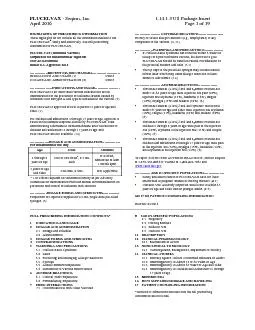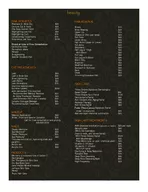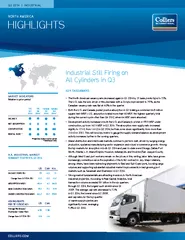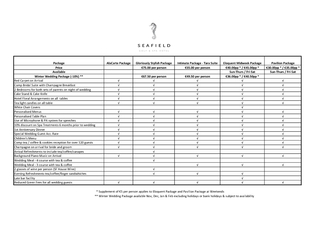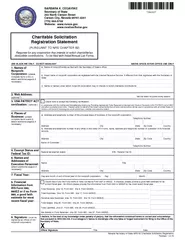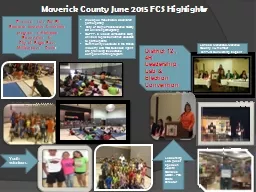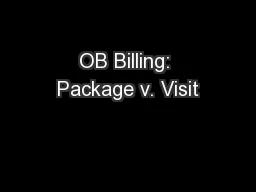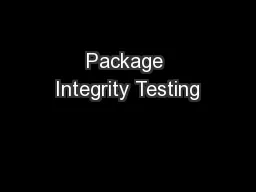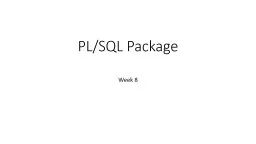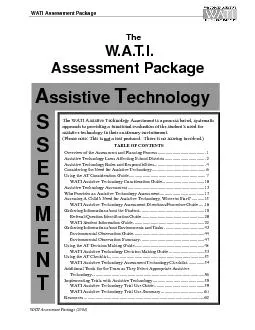PDF-FLUCELVAX Seqirus, Inc.1.14.1.3 US Package InsertAprilPage of HIGHLIGH
Author : pamella-moone | Published Date : 2017-01-16
4 through 8 years of ageOne or two doses 05 mL eachIf 2 doses 9 years of age and olderOne dose 05mLNot Applicable 1 or 2 doses depends on vaccination history as
Presentation Embed Code
Download Presentation
Download Presentation The PPT/PDF document "FLUCELVAX Seqirus, Inc.1.14.1.3 US Packa..." is the property of its rightful owner. Permission is granted to download and print the materials on this website for personal, non-commercial use only, and to display it on your personal computer provided you do not modify the materials and that you retain all copyright notices contained in the materials. By downloading content from our website, you accept the terms of this agreement.
FLUCELVAX Seqirus, Inc.1.14.1.3 US Package InsertAprilPage of HIGHLIGH: Transcript
Download Rules Of Document
"FLUCELVAX Seqirus, Inc.1.14.1.3 US Package InsertAprilPage of HIGHLIGH"The content belongs to its owner. You may download and print it for personal use, without modification, and keep all copyright notices. By downloading, you agree to these terms.
Related Documents

